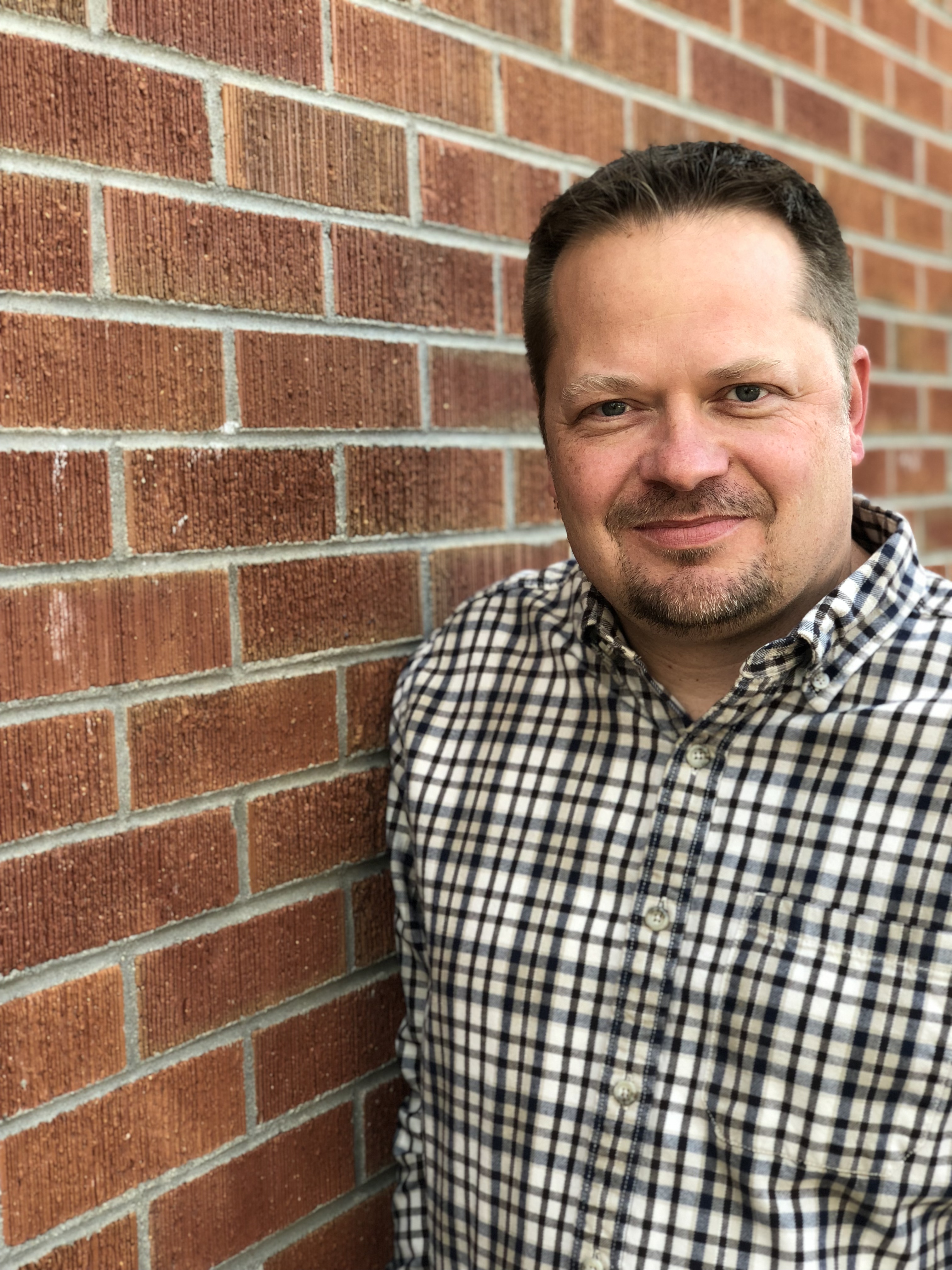Secrecy And Shame
Men and women with a past that includes secrecy and shame often have a warped sense of boundaries. Feeling shame in one area of life (such as sexuality) often leaks into other areas. Keeping secrets is hard work, and this is made easier by sharing little or nothing intimate about oneself with others. The less that is said means that fewer lies need to be told and fewer things need to be covered up.
When such men and women decide that they’ve had enough and begin to pursue a path out of secrecy, shame, and destructive lifestyles, they are faced with opportunities to share. Often when sharing, they allow the pendulum to swing to the other extreme. Where before they shared few or no details even with those closest to them, now they share everything, oftentimes indiscriminately with new or casual relationships.
The persons sharing feel a sense of relief because their secret is out. A huge burden has been lifted. The persons hearing this information for the first time may be traumatized, because they are discovering that they did not know their friends or loved ones as well as they believed. Or perhaps it is inappropriate or too early in a developing friendship for the information to be shared at all.
Too Much, Too Soon
When I first came to WGA as a participant in the ministry, I worked in a restaurant. About a year or so into my healing journey, I became friends with a woman at work. We really seemed to hit it off and liked spending time together. I was simply enjoying the friendship, and I believe she was too. We had fun together and laughed a lot, but we didn’t share with each other about deeply personal matters.
Other people at work began to notice how we were with each other. “Why aren’t you two dating? You two would be so cute together!” I heard this over and over. This was a season when I was still trying to figure things out for myself, particularly with regards to my struggle with homosexuality. I liked her, but I wasn’t ready to pursue anything deeper than friendship.
The pressure from the outside grew, and finally I decided she and I needed to talk. “I like you, but I’m struggling with my sexuality. We can be friends, but that is all for now,” I blurted out. This was too much information for our level of relationship. I regretted sharing it almost immediately. The friendship did not end because of this, but it felt awkward for awhile.
This story is a good example of sharing too much. At that time in my life, I was telling almost everyone about my struggle with homosexuality. It made me feel better to not have this big secret looming over me anymore. But, I was often times giving other people control of my self disclosure. I let other people and circumstances dictate the timing of when I shared. Not telling everything felt like I was lying, so once I began, it usually all came pouring out.
Damage by Disclosure
In the workbook about sexual addiction, Facing the Shadow, Patrick Carnes writes in the section, Damage by Disclosure:
“Early in recovery, addicts sometimes feel so much better they want to tell everybody about their progress. In that early euphoria it is common to reveal something to someone you will later wish you had kept to yourself…..many addicts come from abusive and dysfunctional families which do not respect boundaries, so they do not have the judgment they need to make good decisions.” *
He goes on to use a “zipper” as a metaphor for disclosure.
“When you live in shame, the zipper to yourself is located on the outside. Anyone can unzip and access information—or sex or your commitment to do things you do not want to do. It is hard to say no. Healthy people have the zipper on the inside. They decide who gets access. They have boundaries—in other words they know where the line is between themselves and other people. Addicts suffer from boundary failure— especially in early recovery.” *
Carnes’s point is valid for those dealing with any type of relational or sexual brokenness. When secrecy and shame have ruled in our lives, we feel great freedom as we begin to share. In that feeling of freedom, we can cause damage and consequences we did not anticipate.
There are people in our lives who must know about us and our process of recovery. These are the people who will be vitally important to us in our healing journey. Examples are our therapist, family, and the people closest to us. With these, it is important to determine not whether to tell, but when and how much.
A Plan for Disclosure
In his workbook, Carnes includes a Disclosure Plan.* This is a practical tool when trying to decide whom to tell and how much to share. The steps are as follows:
- Identify the person to be told.
- Decide what material is to be disclosed. Review the nature of the relationship, and ask yourself, “What is appropriate for this person to know about me?”
- Think about the payoff of disclosing this information. What do you hope this disclosure will accomplish in your relationship? Will it bring you closer? Will it remove a barrier that has been present?
- Plan for when and where to share the information. Where is the place you will both feel the most safe? Ensure that you have enough time to discuss things thoroughly.
- Plan for the support you need. It is important to have the feedback of someone you trust throughout this process. Make sure to include this trusted friend or counselor throughout this process.
Self disclosure is a good thing, and done well, it can be a positive experience. Living an open and transparent life is the goal of everyone in recovery. We must remember to take care as we distinguish the truth of who we really are from the false beliefs we have encouraged others to believe about us.
* Facing the Shadow, by Patrick Carnes, Gentle Path Press, 2001, pgs. 126-129.

Roger Jones
Executive Director
Roger began working with WGA in October of 1996 as the Assistant office Manager. Since that time, he has worn many hats and served in several different positions, including Assistant Program Director and Operations Director. In April of 2007, Roger assumed the position of Executive Director.
Roger attended West Texas A&M University, where he studied Music Business. Much of his training has been “on the job,” where he was mentored by the ministry’s Founder, Mary Heathman, and the Program Director, Scott Kingry. He holds a BA from West Texas A&M University.
Roger, his wife Jill, and their daughter Julia and son William, attend Celebration Community Church where Jill serves as Senior Pastor.
Make a Difference in Someone's Life
If you enjoy reading WGA’s blogs and would like to show your support, please consider making a donation. Where Grace Abounds is a 501(c)3 non-profit organization. The majority of services, including support groups and discipleship counseling, are provided free of charge. Your financial gifts help to cover the costs associated with offering a free program to those who seek WGA’s services.

